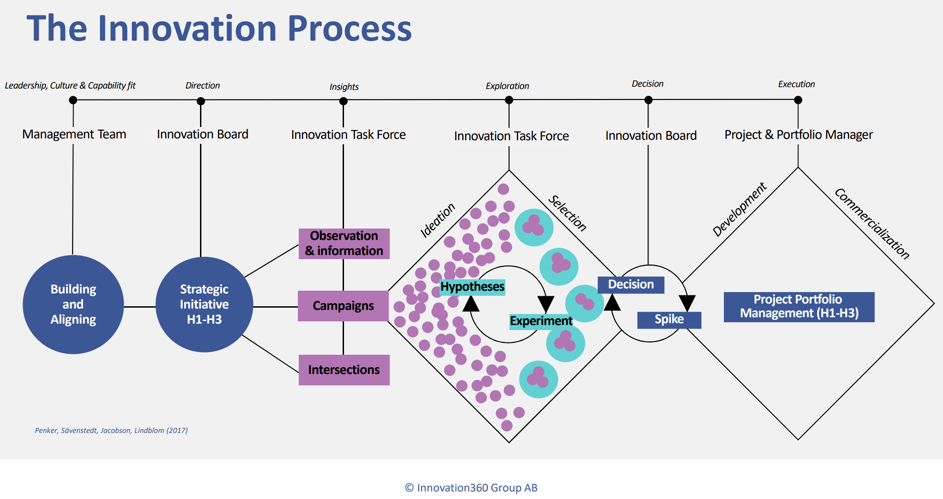Vad innebär GDPR för mig som rekryterar?
Today many of us know what GDPR is and that it went live on the 25th of May 2018. I know a lot of you thought that this is gonna be just like the Millenium problem and that is soon will go over. Then you are misstaking because this is not the case with GDPR, it will be here for a long time and more steps will follow.
Right now, the Datainspektionen in Sweden chases big dragons but that they will also pick up smaller players to statute examples feels highly probable.
A personal information is information about a person that one can directly or indirectly connect to a person. It can be anything from name, email, address, IP address, cookies and mobile numbers to other less obvious tasks. No personal data may be processed without a legal basis, such as consent or entering into an agreement as in the case of employment. If you fail to deal with a person’s data, the fine may end at € 20M or 4% of your group’s global turnover.
But I am recruting right now, what should I do?
When recruiting, it is important that you handle the candidate’s personal information safely and that you can justify why you use them as you do. For example, for internal distribution via email to make decisions about an employment. Using e-mail to converse internally is usually the easiest way to make mistakes, namely by sending personal information between them and at the same time for example commenting on the person. All this information is highly personal information and should be handled like that, which means that all email conversations must be removed safely when the candidate’s management is over. This is of course not quite simple and hence it is better to do this in a different way.
The use of a tool that handles the person’s tasks is the easiest way to ensure that you are not wrong. One should not send around information, but instead use the candidate’s profile directly in the recruitment tool. At the same time you can check that only those people who actually need access have it. The tool can also take care of the candidates being informed about how their personal data are processed and that they have given their consent to it by applying for the service.
The new and safe way to recruite
With the help of modern, digital tools, it doesn’t have to be so difficult to comply with the new rules at all. Pitchler is just such a tool that helps you safely manage your recruitment in agreement with the new GDPR legislation. With the help of Pitchler’s cloud-based solution, you can collect all your applicants’ personal information in one place and check who has access to the data. Pitchler can also help you increase the accuracy of your recruitment. The candidates seeking your services through Pitchler’s mobile application are asked to record a video pitch by themselves and make a personality test that gives you the opportunity to see if they fit into the team. All this in addition to the traditional CV and personal letter.
Do not forget to be careful with your applicants’ personal data and great luck with your recruitment!









